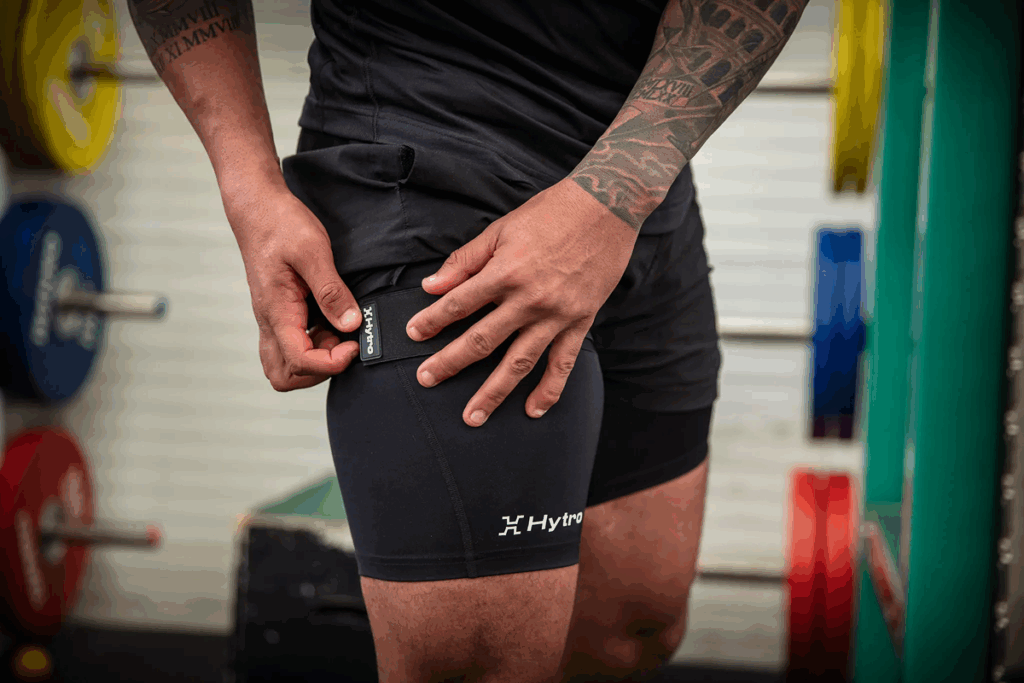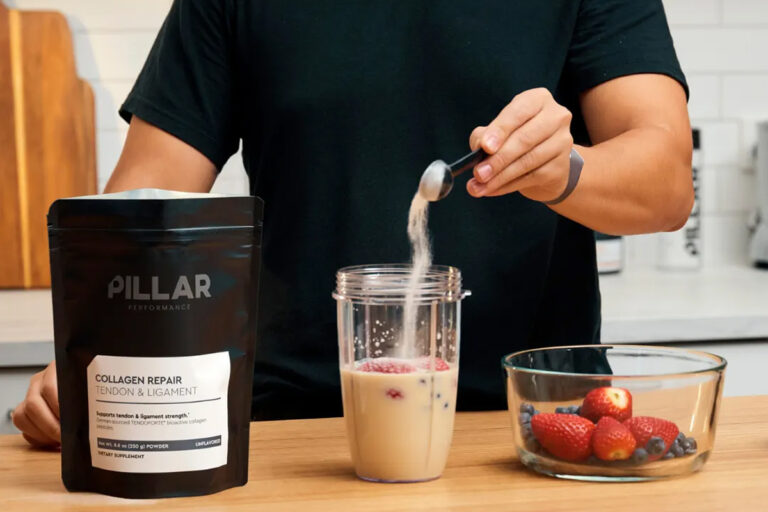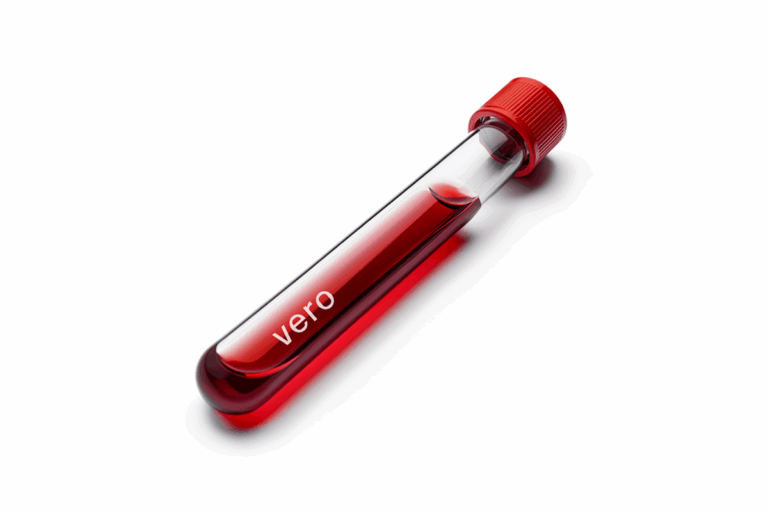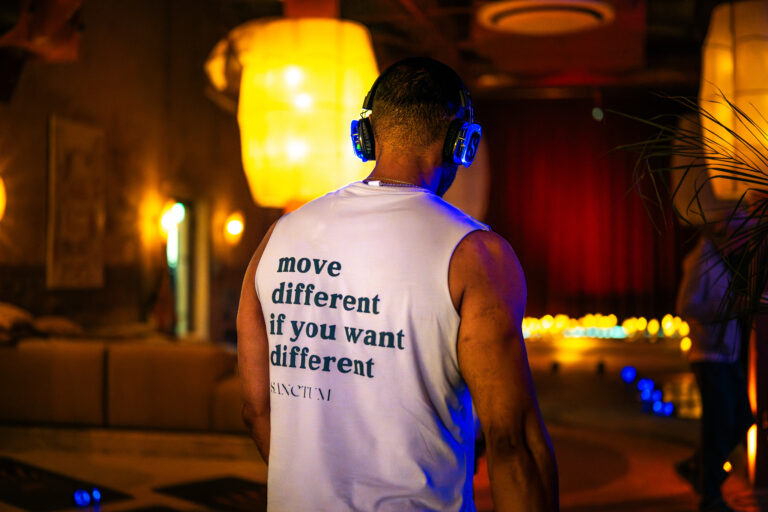In this Q&A, you’ll hear from Raj Thiruchelvarajah and Dr. Warren Bradley, co-founders of Hytro, developer of the first blood flow restriction (BFR) training garment. Raj and Warren share how removing barriers to the science-backed protocols can improve performance and recovery for all, from pro athletes to fitness-seekers.
Tell us about Hytro.
Raj Thiruchelvarajah: Hytro is a leading human performance company known for producing the first wearable blood flow restriction (BFR) garment designed to make a proven training and recovery method simple, safe, and scalable.
Traditionally, BFR required bulky straps, cables, or pneumatic machines overseen by medical professionals. We’ve embedded BFR directly into high-performance apparel so athletes and coaches can access the benefits of increased muscle fiber activation, accelerated recovery, and improved performance — anytime, anywhere.
From day one, we’ve built the business by listening to and working with the toughest audience to convince: pro sport coaches and athletes. That approach has allowed us to scale sustainably beyond our London base, starting with early adoption inside professional clubs before expanding outwards to other consumers.
Beyond sport, our technology is being tested in space by NASA and SpaceX to help astronauts maintain muscle and bone health in zero gravity — proof of both the scientific rigor and global potential of Hytro.
What led you to pursue this opportunity?
Dr. Warren Bradley: The spark for Hytro came from my background as a sports scientist working with elite athletes. I’d seen firsthand that blood flow restriction training was backed by decades of compelling science — but it was blocked by practical barriers that meant only a handful of athletes could truly benefit from it.
My insight was simple: If we could embed BFR safely and effectively into apparel, we could unlock its benefits for everyone — from elite athletes to everyday people.
The idea for Hytro comes from frustration as much as inspiration. I’ve spent my career straddling two worlds of research labs and elite changing rooms. Too often they fail to connect. Academics produce brilliant science, but it rarely leaves the page. Coaches and athletes, on the other hand, are bombarded with gadgets and gimmicks that don’t actually move the needle.
Science only matters if it works in the real world, so I wanted to take something proven and strip away the barriers that stopped it from being useful in performance environments. No machines, no lab coats, no gimmicks. Just a simple, safe tool athletes and coaches could use everyday.
My mission is to make sport science make sense, taking the benefits and making them accessible to the people who need them most, from the Premier League to everyday athletes.
How did you turn your idea into a company?
RT: Our first users were performance coaches who not only understood and tested the product but also invested in Hytro through an early funding round. That credibility within elite sport gave us the momentum we needed to scale.
From there, adoption snowballed, as we began selling into multiple Premier League, NFL, NHL and NBA franchises. Each new team validated the product and opened doors to others, with our most recent partnerships secured with Manchester City Women and Soudal Quick-Step cycling team.
We’ve since closed several funding rounds with backing from VCs and athlete investors, including Arsenal’s Jurrien Timber, Feyenoord captain Quinten Timber, LA Chargers cornerback Benjamin St-Juste, and British men’s tennis star Cameron Norrie. Their support has helped cement Hytro as one of the most credible innovations in performance sport.
And in 2025, we secured our US patent, protecting our technology in the largest sports market in the world — a defining milestone for the company.
How big can this get?
RT: The opportunity is massive. BFR sits at the intersection of sport, health, wellness, and medical recovery — all multi-billion-dollar categories.
In elite sport, every professional team is looking for an edge in recovery and performance — a sentiment trickling down to consumer fitness, where gym-goers, runners, and cyclists increasingly want science-backed, efficient tools.
Step-changes, for healthcare and rehab, BFR is proven to support recovery from injury and surgery, while the technology is already being validated in extreme environments within space and military sectors.
How do you reach your core customer?
WB: Our core customer today is the elite athlete and their performance coach. They will only work with the world’s best products, which makes them the most credible audience possible — when they adopt, everyone else follows.
We’ve grown by selling into this network: listening, learning, and working closely with coaches who spread the word within their communities, then onto consumer athletes who want access to the same tools as the pros.
Growth will come from continuing to scale in pro and US college sports while expanding into direct-to-consumer channels with products and education tailored for everyday training and recovery. Lending support, we’ll be publishing new BFR studies with teams and academic partners.
Anything else you’d like to share with readers?
RT: At Hytro, we’re building more than a product — we’re building a movement around human performance.
Our journey so far has taken us from Premier League dressing rooms to outer space. And we’re only just getting started. The next phase will be to welcome more investment to scale and grow. Anyone interested in being involved in the journey of BFR should reach out for a chat.
If you’re interested in having your company featured in our Q&A series, send an email to team@fitt.co.






